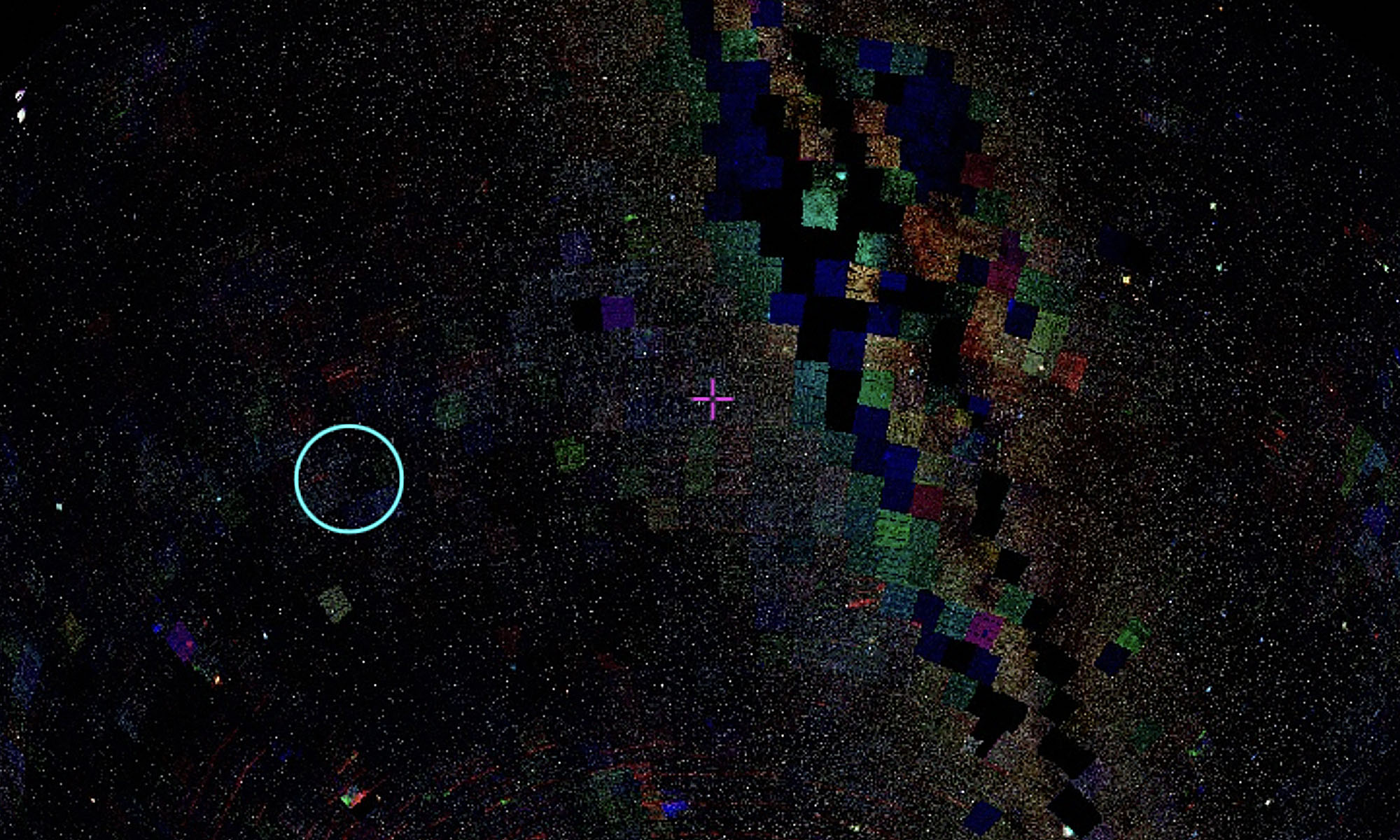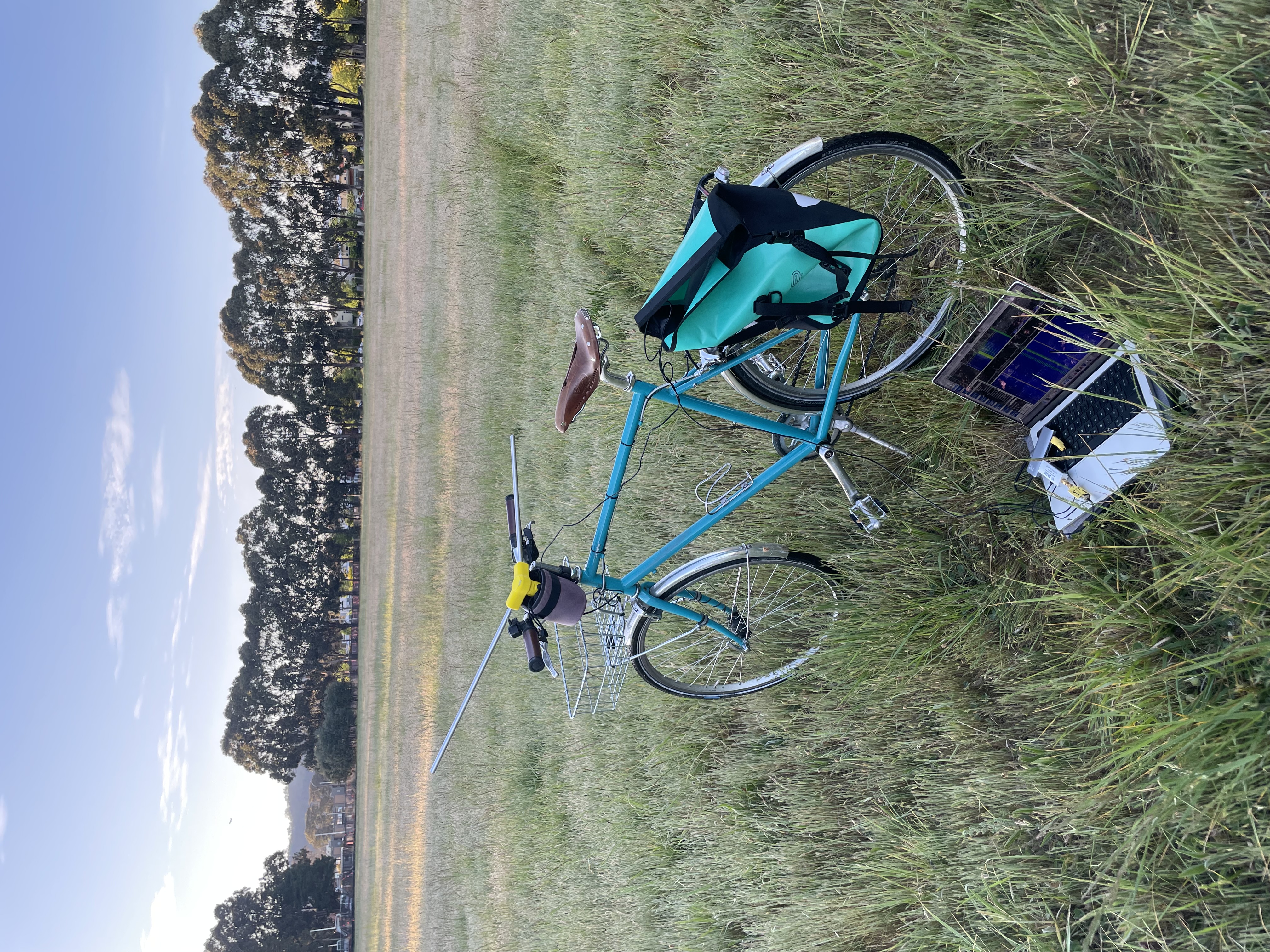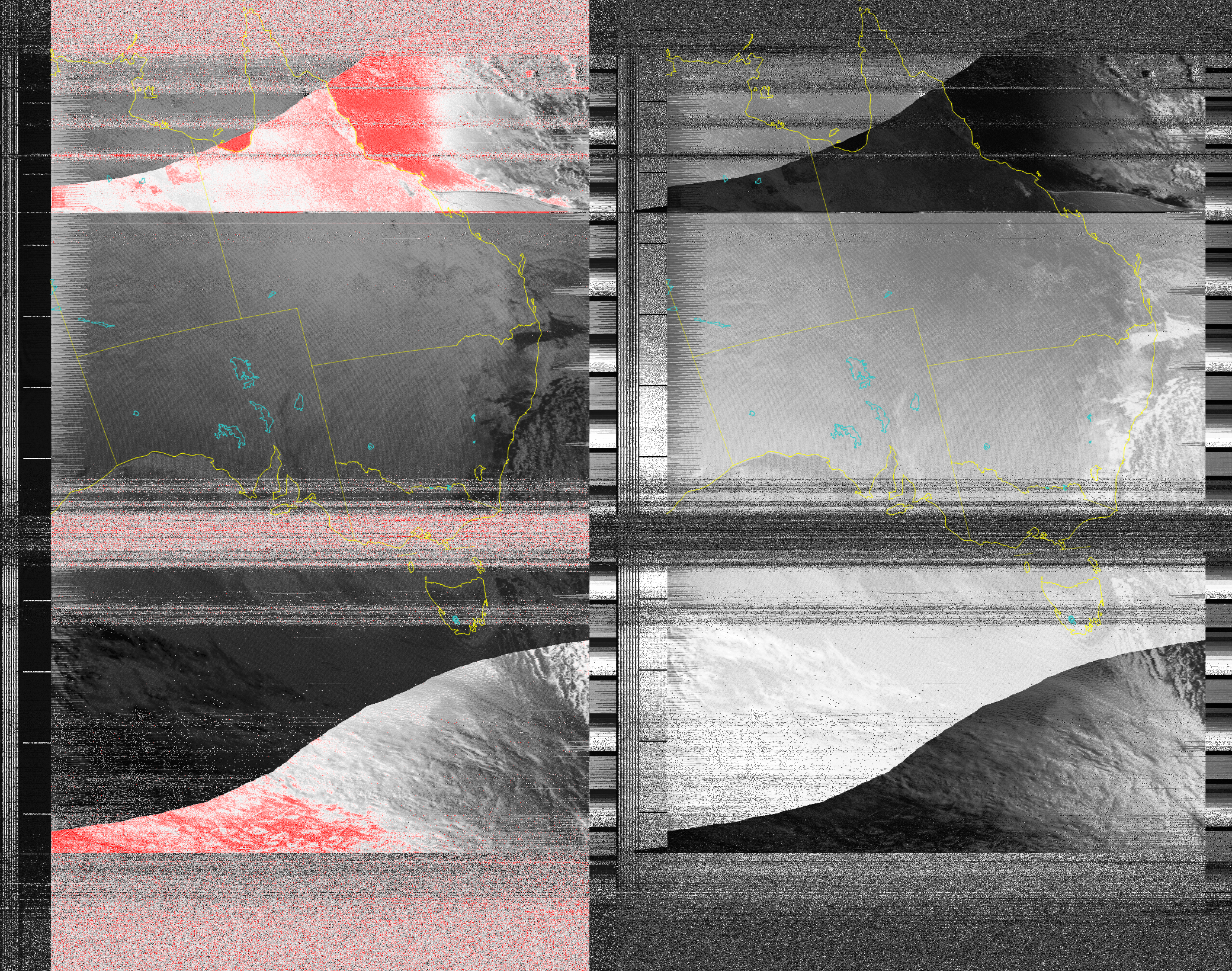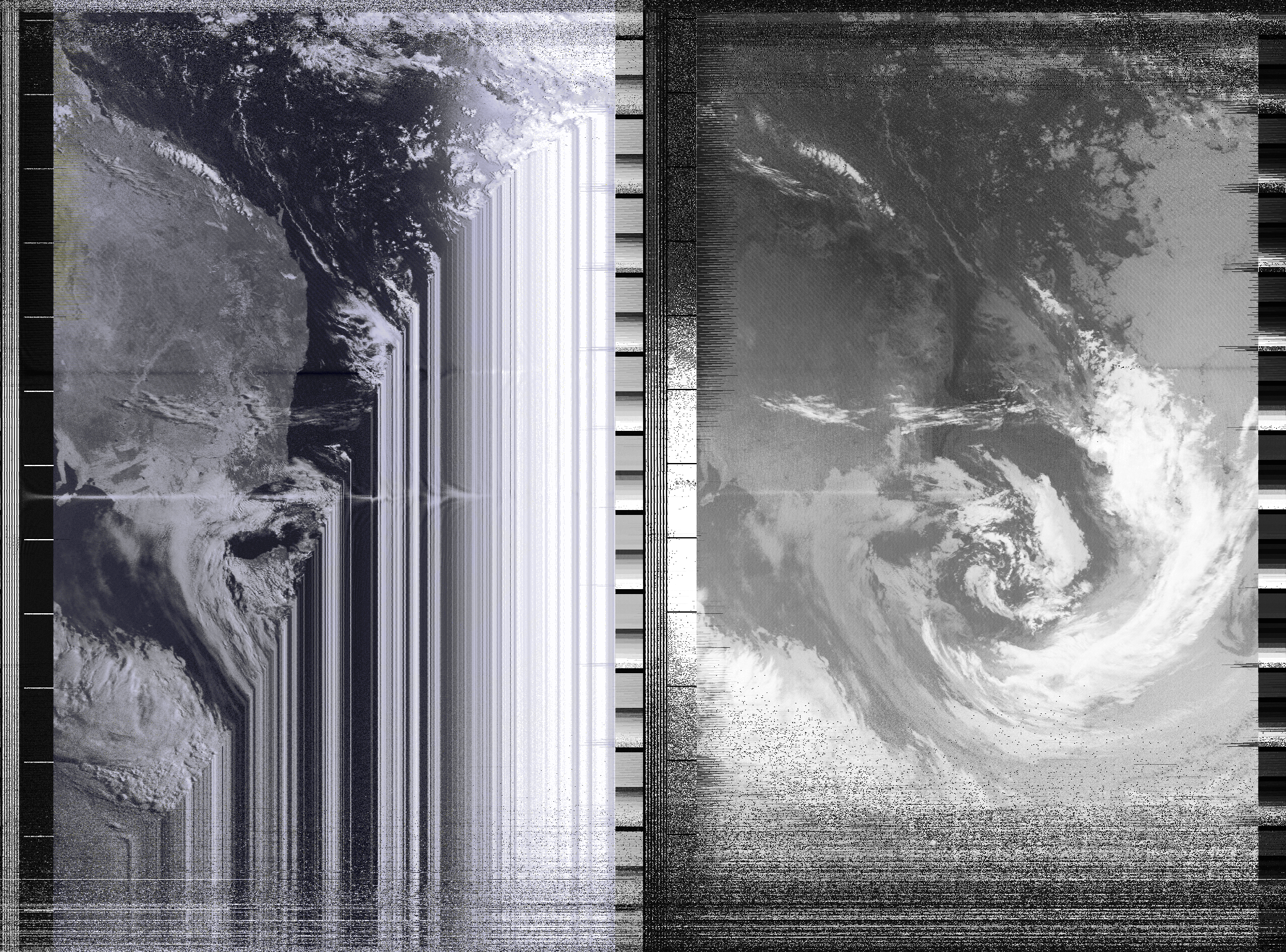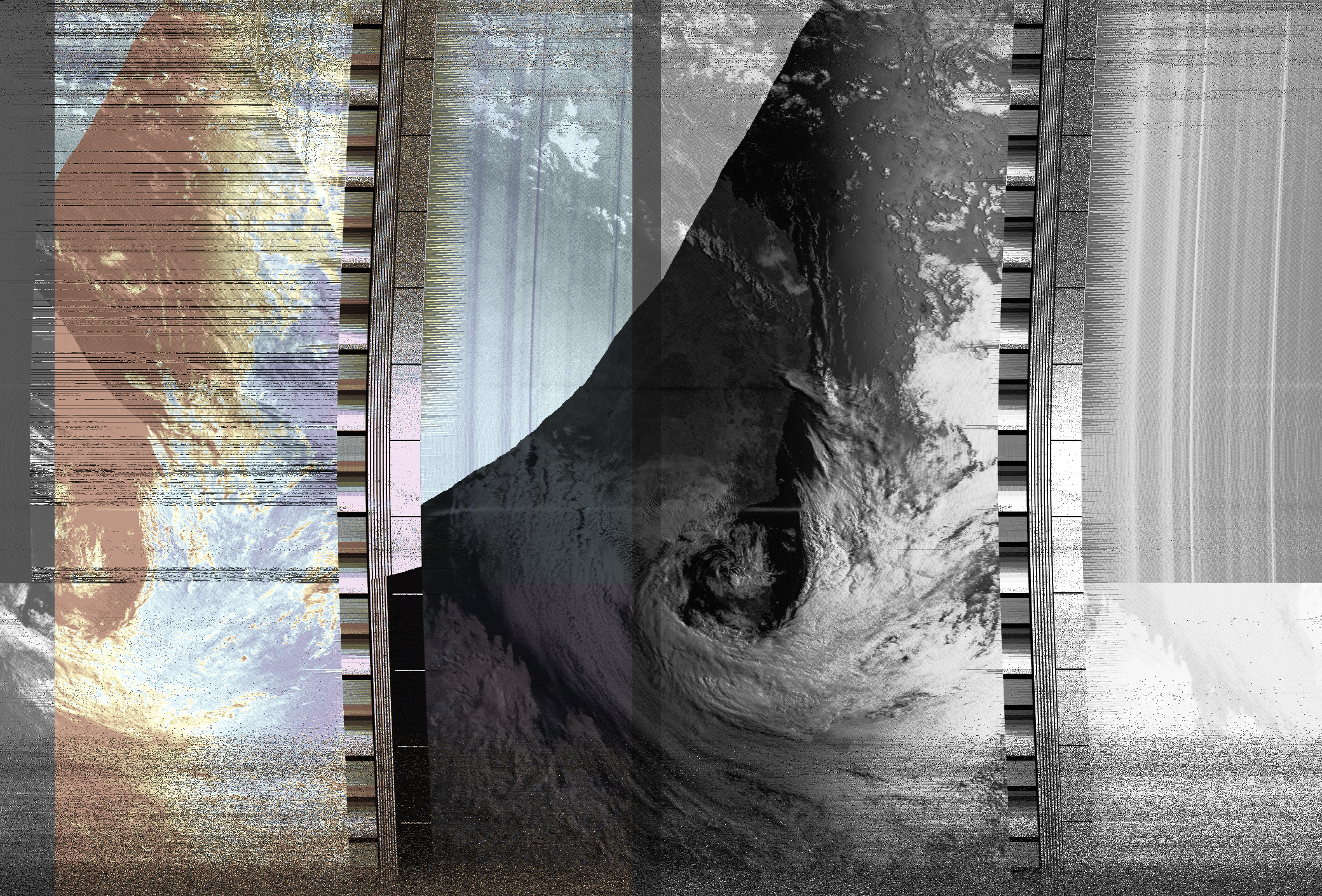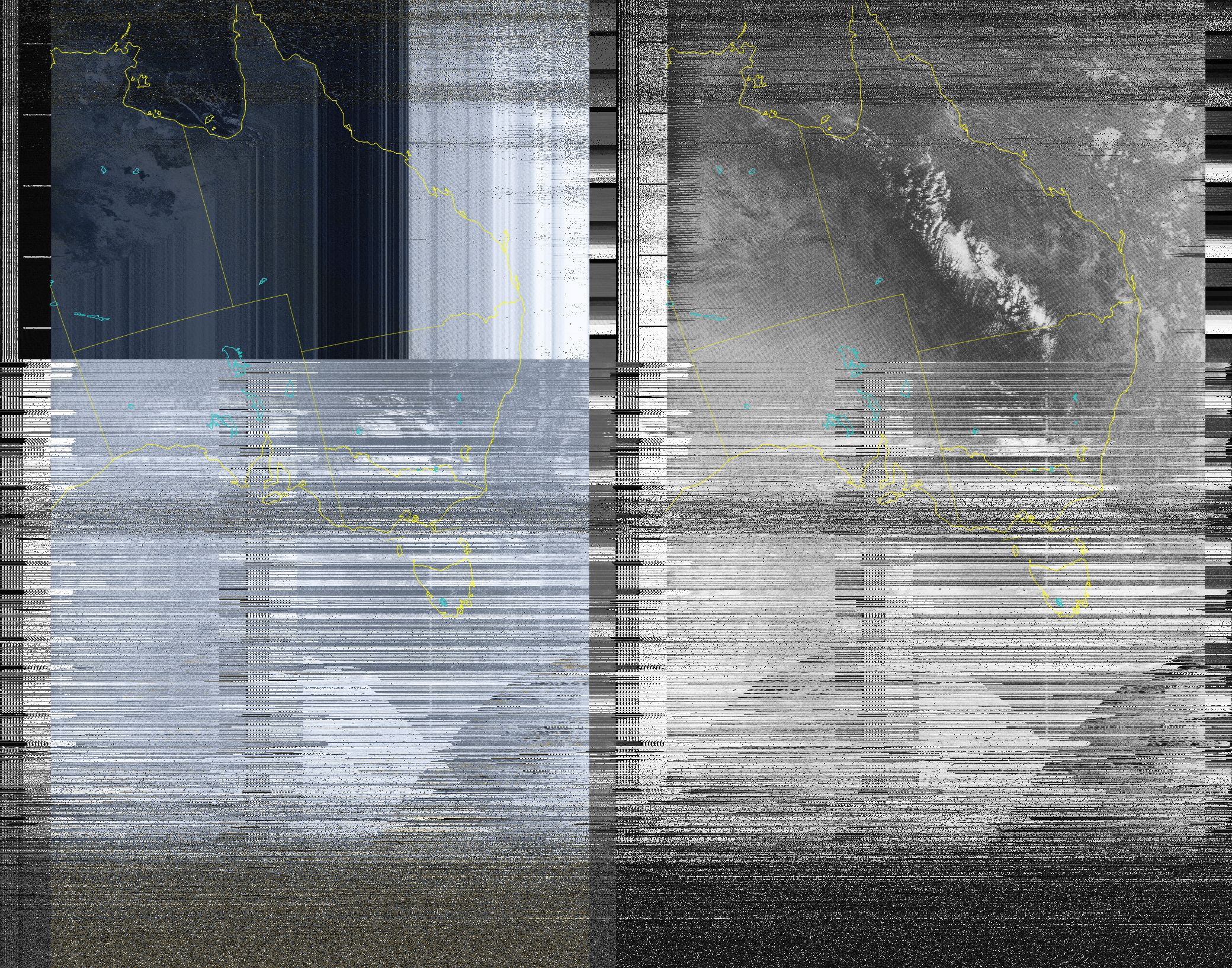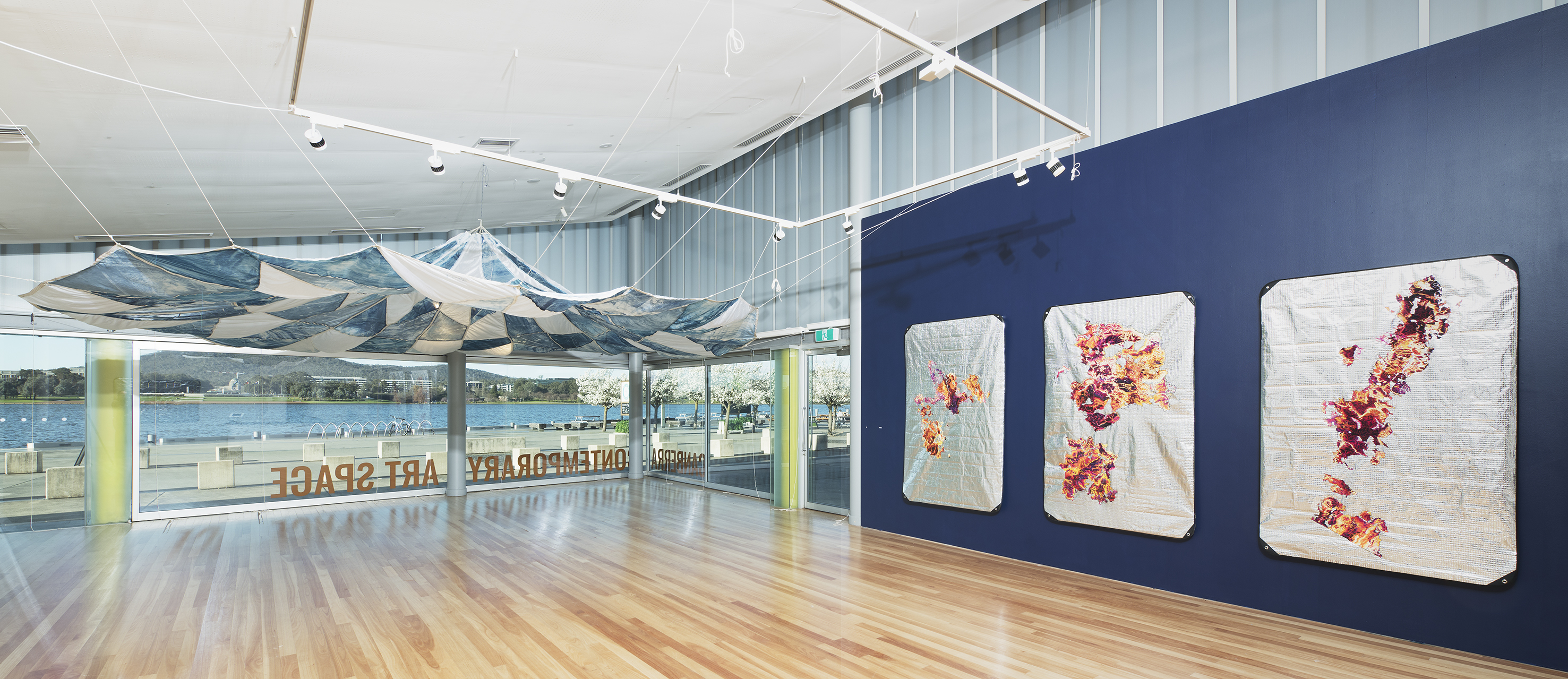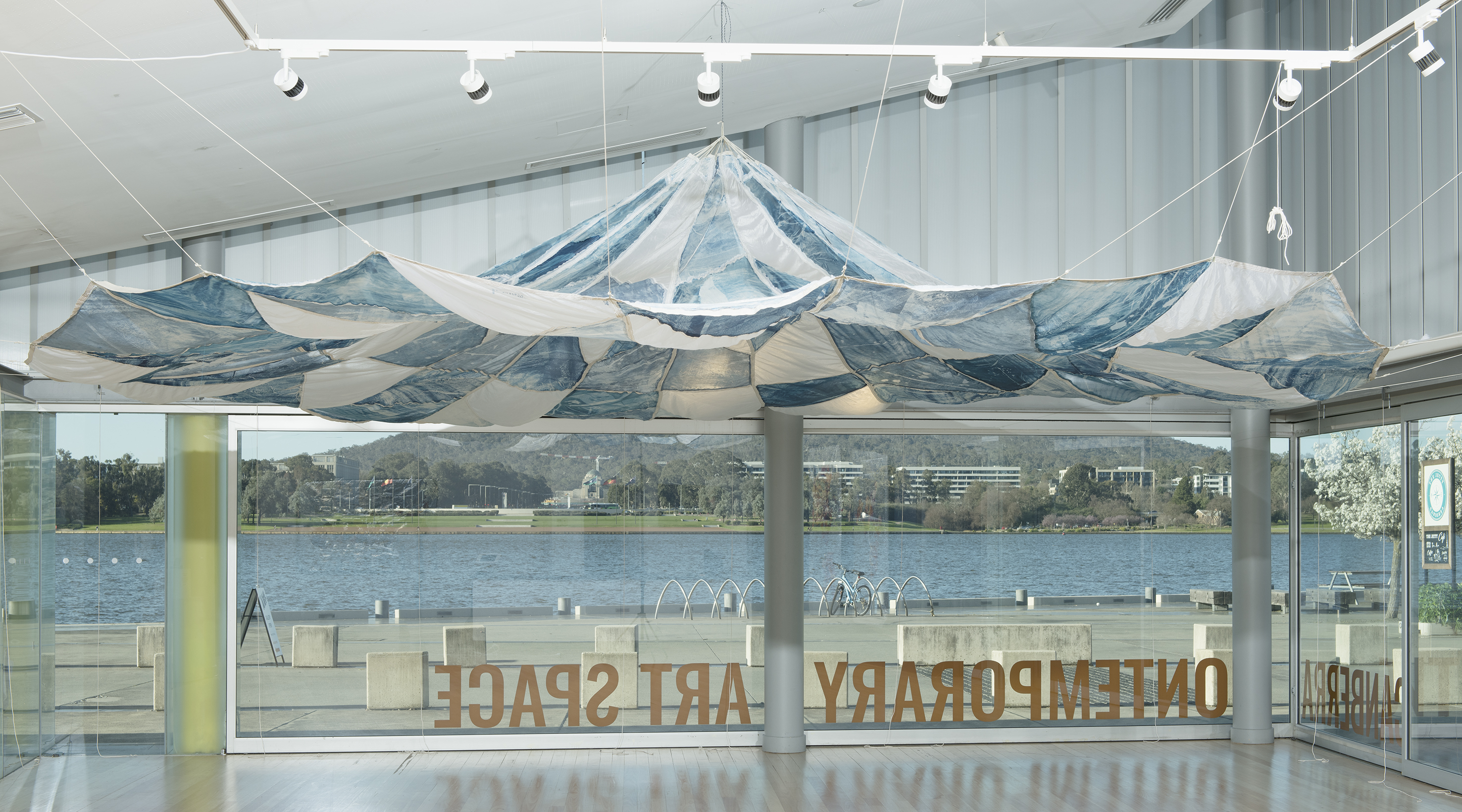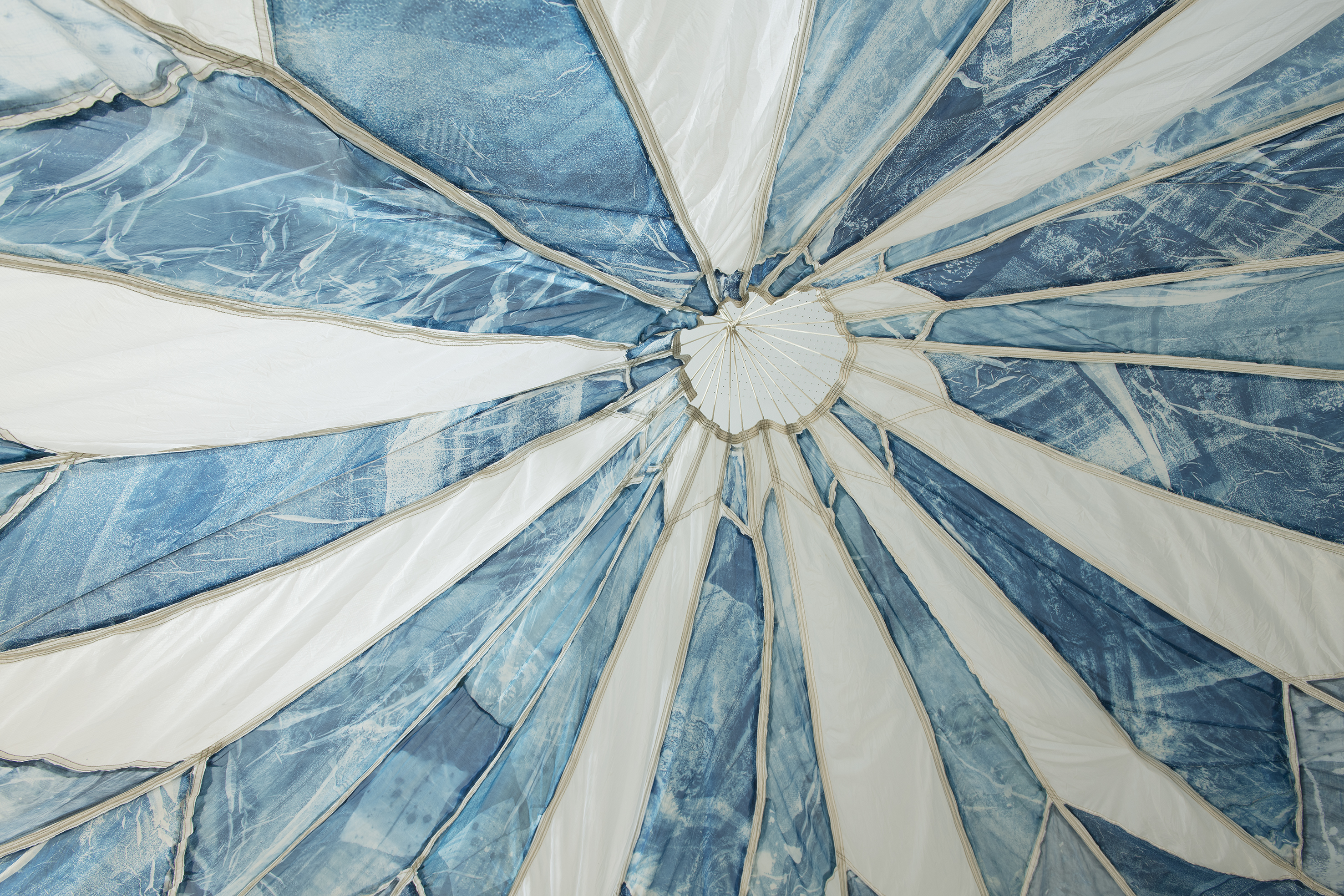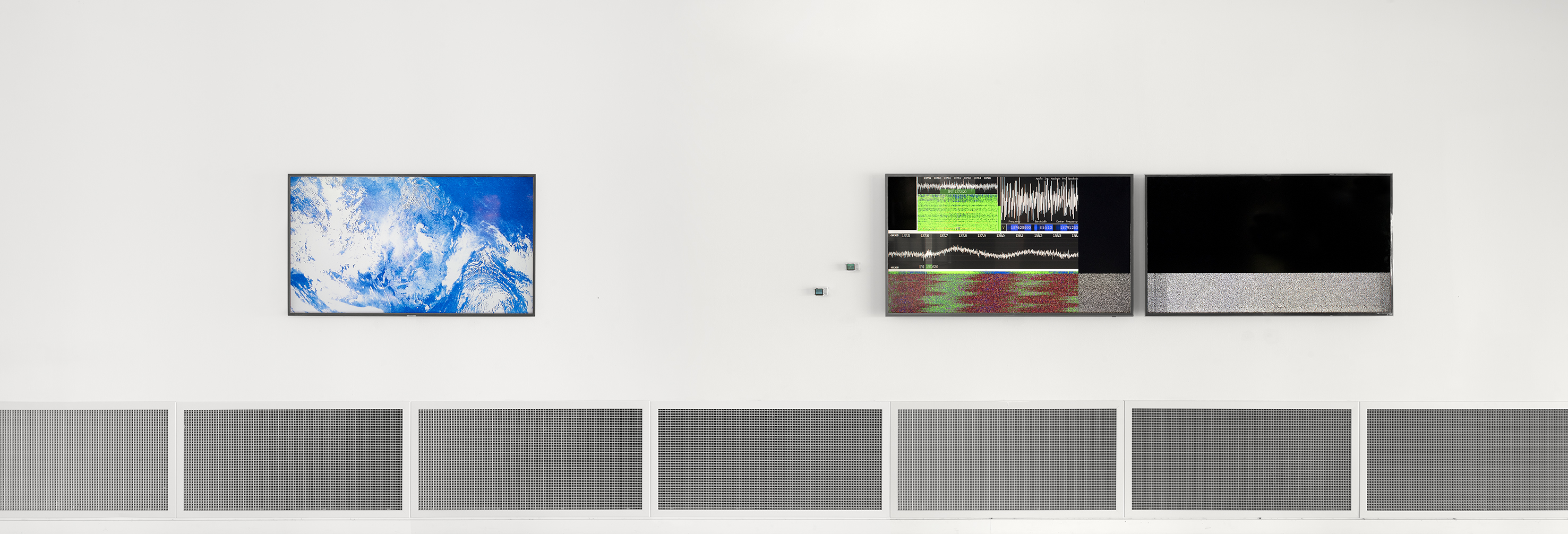A year since finishing up my residency I am posting a couple of updates about satellite stats in 2023.
Jonathan McDowell’s Space Activities in 2023
Jan 5, 2024. https://www.planet4589.org/space/
Increasing launches:
-
- In 2023 there were 223 orbital launch attempts, and of those 212 reached orbit. This is up from 186 in 2022; 146 in 2021; 114 in 2020; 102 in 2019.
Prominently commercial:
-
- Of the 2023 launch attempts, 134 were from commercial companies and for commercial customers, and 78 were from government. The other 11 were contracted by governments and launched by commercial companies.
Leading countries:
-
- Deployment of satellites is currently led by USA, China, Russia and Europe, with Japan and India following.
Mostly Comms:
-
- Of the satellites launched in 2023 with a mass above 100kg, most are US communication satellites making up mega constellations: 2181 comms satellites (above 100kg) were launched, compared to 67 for Imaging (including weather satellites.)
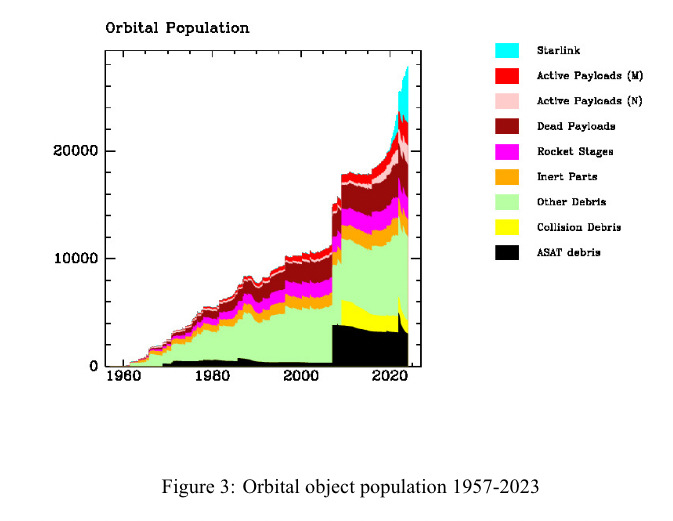
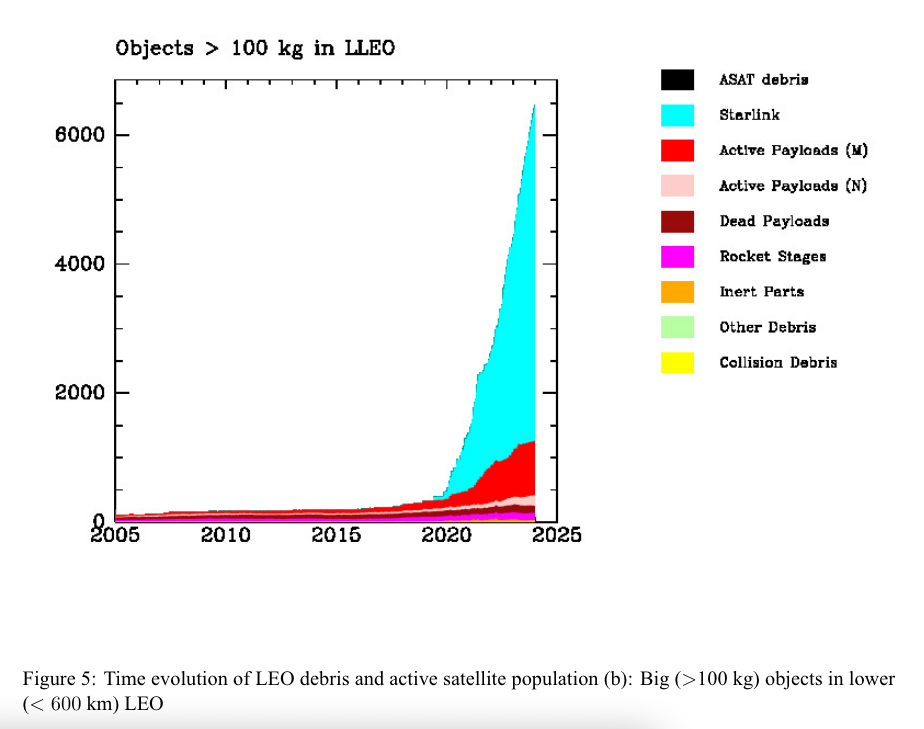
‘A dynamic shell of conductive material’
‘Potential Perturbation of the Ionosphere by Megaconstellations and Corresponding Artificial Re-entry Plasma Dust’ by S. Solter-Hunt
arXiv, December 6, 2023. http://arxiv.org/abs/2312.09329.
S. Solter-Hunt’s paper describes the alarming potential impact of particles left by satellites in the magnetosphere as they break up on re-entry.
It describes how artificial material left by satellites far outweighs natural quantities of particles in the Earth’s magnetosphere, and the conductive qualities of these satellite materials has the potential to alter the make-up of the magnetosphere which could consequently impact the Earth’s atmosphere.
It states that: “in the 2020s and 2030s, satellites will become so numerous that they will form their own dynamic shell of conductive material.” (Solter-Hunt, 2023, p. 1)
Additionally, Solter-Hunt describes that this is happening at a rate faster than the time it would take to simulate 500,000 satellites in a magnetosphere model.
Therefore: “A simulation of the magnetosphere and the megaconstellations is not currently feasible, and the planetaryscale experiment is underway without a direct ability to diagnose the satellite-magnetosphere relationship because the satellites themselves detect the changes in the magnetic field.” (Solter-Hunt, 2023, p. 1)
The paper concludes: “The space industry on Earth is taking vast amounts of conductive materials naturally found on the surface and in the crust and injecting them into the ionosphere and beyond, causing a new stratification of planetary material.” (Solter-Hunt, 2023, p. 4)
🤯
